
|
|
|
|
|
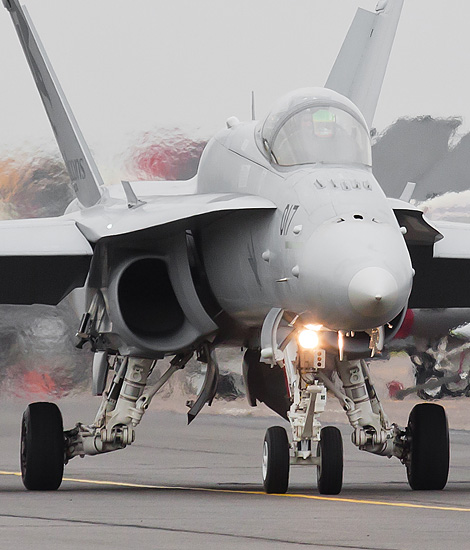
|
The NATO Tiger Meet 2011, Part 1; Cambrai-Epinoy, May 16, 2011
The Art of Painting; Tekst Text and Photograph’s by Alex van Noye
On Monday, May 16, 2011, I attended the famous NATO Tiger Meet again. This edition of the international
meeting was held at the French air base Cambrai-Epinoy. This edition was one with a big variety of aircraft.
The NATO Tiger Meet is famous because of the painted aircraft which are painted in tiger colors.
The history of aircraft painting started during the First World War. The paintings that emerged on the first
planes were nose paintings (nose arts). German and Italian pilots started to paint their aircraft and they
personalized their aircraft. Everybody could see who the pilot was because of the personal paint. Air battles
were still fought at a very short distance from each other during the First World War. The first popular
paintings were shark mouths and claws on the nose of the aircraft. Shark mouths are nowadays still popular,
especially in military aviation. The first users of these paintings were the Germans during the First World War.
Some famous examples of special paints were the Cavallino Rampante (prancing horse) by the Italian ace Francesco
Baracca and the red-painted Fokker Dreidecker of Manfred von Richthofen. Paintings were often used as personal
emblems or unit emblems during the First World War. The real nose art paintings first appeared during the Second
World War. This period is now seen as the golden age of the nose art. Both Allied and German units flew with
various paintings schemes on their planes. Aircraft painting was especially on American side very popular.
Artists were hired to paint aircraft and they were generously paid for this job. The nose arts were allowed by
the commanders of the air units, because they thought it would keep the morale of the crew on a high level. Most
of the crews of the bomber fleet did not reach the 25th mission in those days. Paintings were extremely popular
at the U.S. Air Force, but paintings were prohibited in the U.S. Navy. They said it was against the discipline
rules of the Navy. They wanted to show that the Navy was more disciplined than the Air Force.
The painting was often done by professional artists, but sometimes the job was done by talented soldiers. Many
famous units from America are today still recognized by the paintings which were made during the Second World
War. In 1941, a Bell aircraft artist was assigned to the no 39 Pursuit Squadron to design the "Cobra in the
clouds" logo
|
|
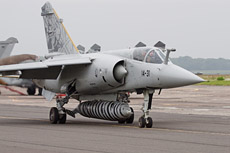
|
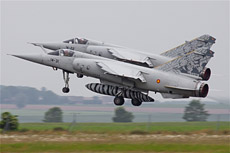
|
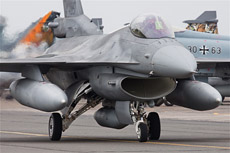
|
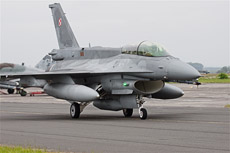
|
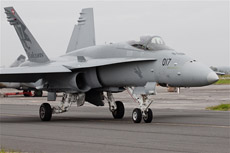
|
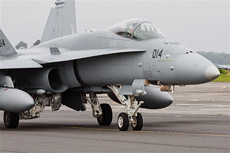
|
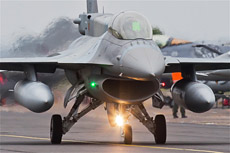
|
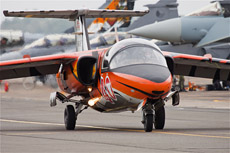
|
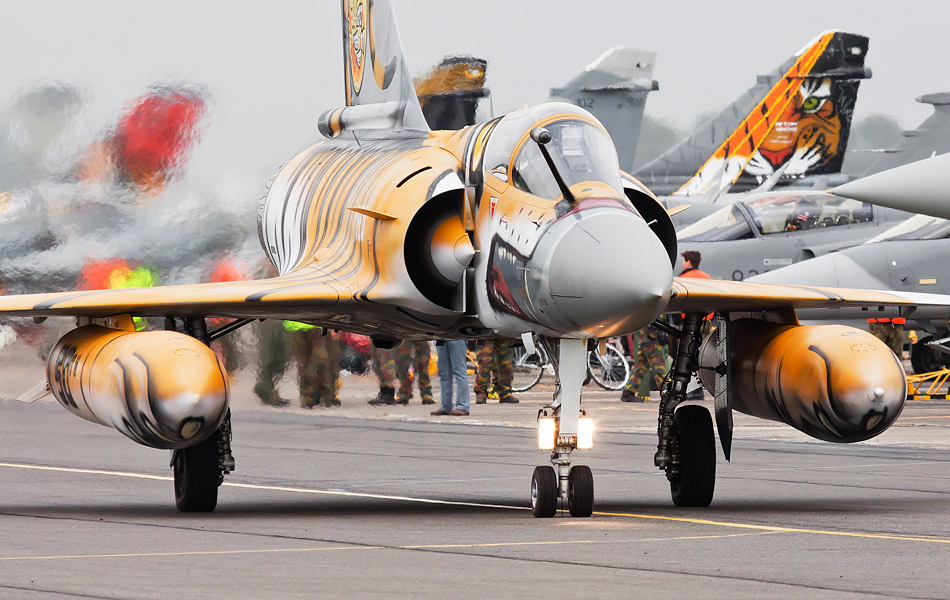
|
for their aircraft. The most famous painting during the Second World War is probably the famous shark mouth
which was painted on the noses of the German Bf-110 aircraft of the Luftwaffe. The P-38 Lightning of the U.S.
Air Force flew with the famous shark mouth on the nose of the aircraft. The no 39 Fighter Squadron was the first
squadron which reached the amount of 100 enemy kills. The shark mouth is therefore today still in use on the A-10
Thunderbolt of the same unit. Tony Starcer was one of the most famous painters; he made more than 100 paintings
on the noses of the American B-17 Flying Fortress. He also painted the nose of the famous Memphis Belle. The
Memphis Belle was the first American B-17 which reached 25 completed bombing missions over Germany. A commercial
artist from Chicago named Brinkman was responsible for the zodiac-themed paintings on the B-24 Liberators of
the no 834 Bomb Squadron, based at RAF Sudbury in England.
Nose painting was popular during the Korean War, especially with units which flew the A-26 and B-29 bombers,
C-119 transport aircraft and a large number of units which flew fighter bombers. The number of nose paintings
which was allowed was decreased drastically after the Korean War because the attitude towards women in the Air
Force was greatly improved at that time. During the Vietnam War, several American AC-130s, helicopters and USAF
special ops squadrons were painted with special paints with lyrics like "Thor", "Azrael, Angel of Death", "Ghost
Rider", "War Lord" and "The arbitrator". The unofficial gunship badge of a flying skeleton with a minigun in its
hands was also applied to many aircraft until the end of the Vietnam War. This badge was later officially used
as the unit badge. The special paint had an amazing comeback during Operation Desert Storm. The nose art became
more and more a tail art during Operation Enduring Freedom and Operation Iraqi Freedom. It became a common
tradition within the NATO. More and more art works were painted on planes in the colors of the original
camouflage pattern of the aircraft. A true trend was born. All kinds of aircraft from Europe and the United
States were painted with special nose and tail arts. Also complete aircraft are now painted for special events
or anniversaries of units. The name tail art or nose art was evolved to the name special paint.
More and more special paint will appear nowadays on the average air show. Almost every country will send a
special painted aircraft to the air shows. The special paint also made its entrance at the NATO Tiger
Association. It became a tradition at the Tiger Meet that every unit brings its own painted aircraft to the
exercise. The Tiger Meet is also a social event in addition to the international exercise. The goal of this
social part of the exercise is to improve the relations between the units from different countries. Also
improving relations with the press and other parties is an important aspect. There are a number of basic
public days around the Tiger Meet to achieve this goal. The social part of the Tiger Meet consists of a
number of competitions. There is a competition for the most beautifully painted tiger aircraft. This award
goes to the country with the most beautifully painted aircraft which took part at the Tiger Meet. The special
paint is therefore an important component of the Tiger Meet. The special paint aircraft are the sign of the
Tiger Meet to the spectators. Also the participants of the Tiger Meet 2011 were fully painted in beautiful
tiger colors. For example, the Germans of AG-51 had a painted Tornado with the black and white puma of the
unit on its tail. The French Mirages were from different tiger units; they had all a painted tiger aircraft
for the Tiger Meet. All the aircraft were specially painted in the colors of the different tiger units. The
tradition of special paints continues in the history of military aviation with events such as the NATO Tiger
Meet. The military aviation branch is a branch with many human aspects where tradition and pride lives under
the personnel.
|
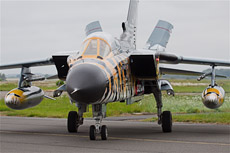
|
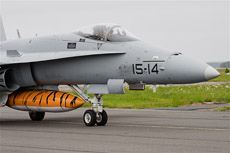
|
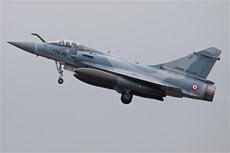
|
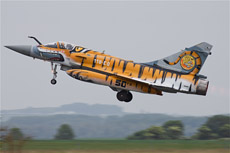
|
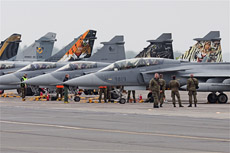
|
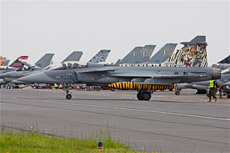
|
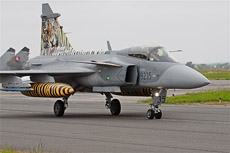
|

|
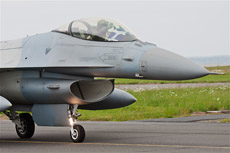
|
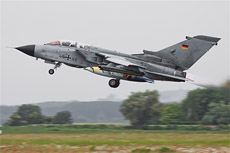
|
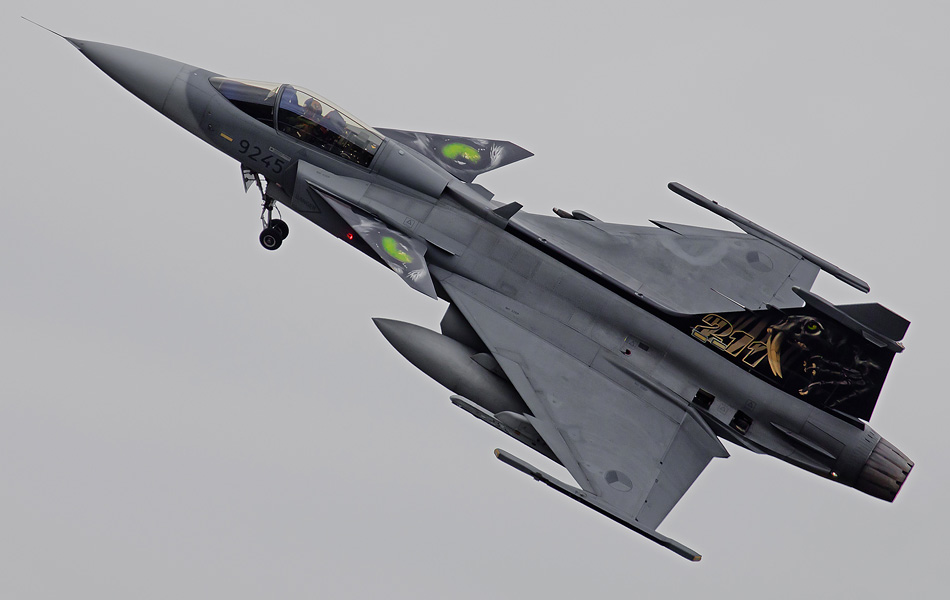
|
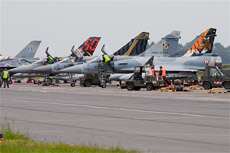
|
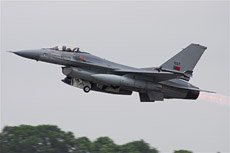
|
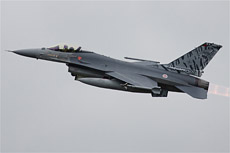
|
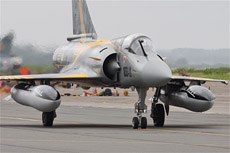
|
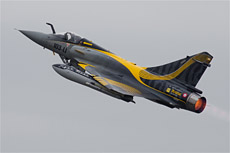
|
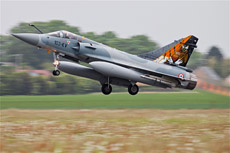
|
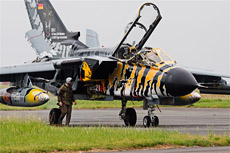
|
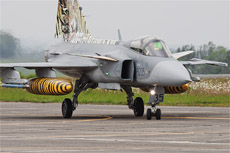
|
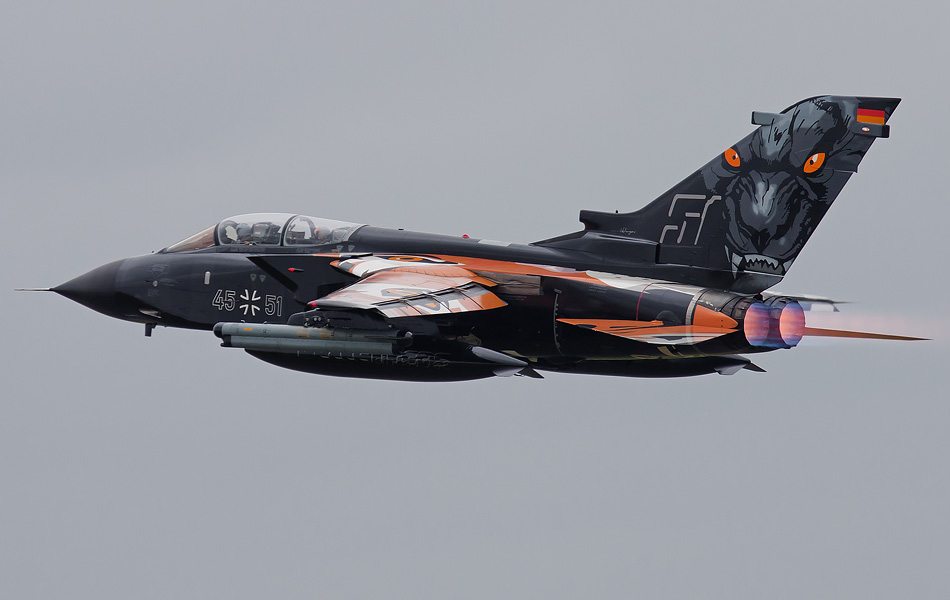
|
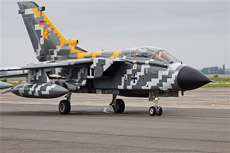
|
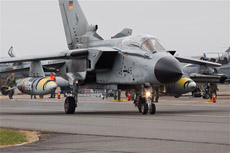
|
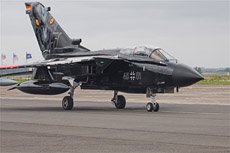
|
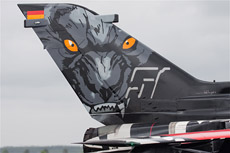
|
|
|

|







